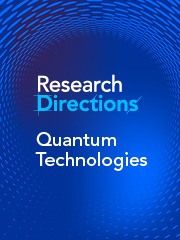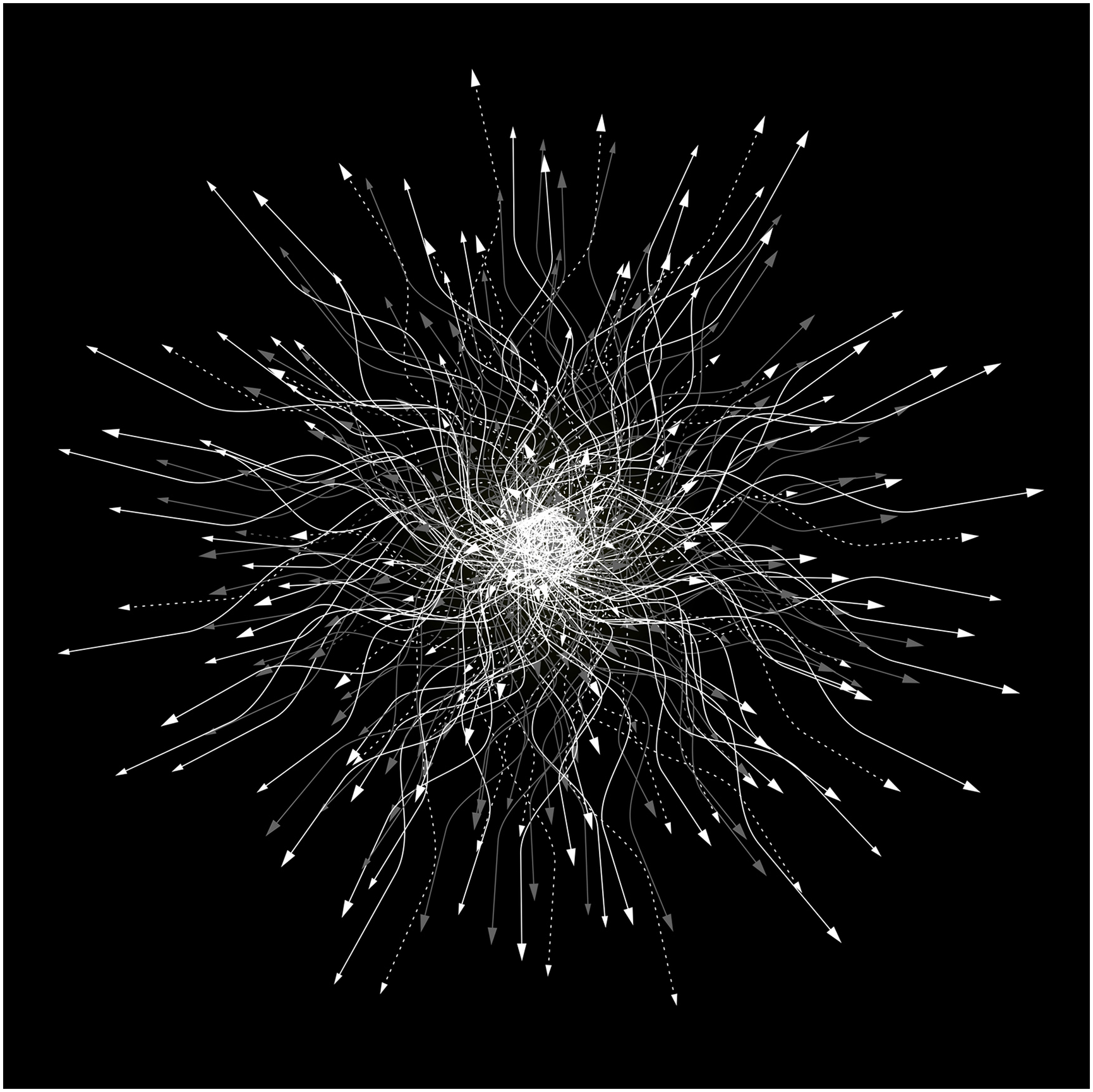Context
Quantum technologies (QTechs) have the potential to have revolutionary effects in scientific, technological and commercial areas in equal measure. This includes major transformations boosted by quantum computing, quantum communication and quantum sensing, with applications ranging from information technologies to chemistry or finance.
The potential disruptive impact of the rapid progress of QTech necessitates an appropriate regulatory framework that anticipates challenges without waiting for the industrial and commercial deployment of the technology. Transposing rules relating to purely scientific endeavours into the field of law and ethics is far from being trivial as it requires lawyers and policy makers to understand and master the situations they intend to standardise. Nevertheless, this approach is imperative. The experience from the field of artificial intelligence (AI) is a good example for understanding difficulties regulators face when it comes to establishing an ethical and legal framework in the field of algorithms. Above all, the case of AI illustrates the importance of finding the “right time” for regulation. Regulators only understood the need for a legal and ethical framework at a very late stage and an AI regulation came ex post, i.e. after a whole series of limitations and detrimental uses of the technology had been uncovered. These include the algorithmic discrimination, the capture of data without people’s consent, the manipulation of public opinion through fake news, the ecological sustainability of infrastructures and the creation of private monopolies against which States found themselves quite powerless.
The AI example shows the importance of developing regulations that can anticipate technological developments and to curb their excesses upstream. QTechs are currently at the centre of important private and public investments and benefit from impressive funding programmes (7 billons of euros in Europe alone).
In this question we would like to stimulate discussions about what are the potential stakes and risks of QTechs that would require an appropriate regulatory framework. Law studies have already started investigating this point (Mauritz and Kop, Reference Mauritz Kop2020). In what follows, we highlight some main societal risks that can be associated with the rise of QTechs:
-
Risks of increased inequality, monopolisation through intellectual property and the “quantum divide”, both at the level of private and public actors. As developing and maintaining sovereign capability is of increasing concern to national funding agencies, researchers would benefit from a framework to help them understand how to secure their findings while keeping science open. This is in particular true in Europe where the quantum market is presently strongly based on an increasing number of start-ups (Seskir et al., Reference Seskir, Korkmaz and Aydinoglu2022) that can be particularly fragile with respect to acquisition from bigger industrial groups.
-
Risks concerning data privacy and security, due to the advent of large-scale quantum computers that could compromise current public key cryptography. Technological solutions, based on post-quantum cryptography and quantum key distribution, are already the subject of much effort (Yunakovsky et al., Reference Yunakovsky, Kot and Pozhar2021). Nevertheless, the potential repercussions of quantum on the economic and financial system, including block-chain and crypto-currency protocols, as well as on democratic processes, via misuses of personal data treatment and, potentially, via fake news and disinformation, are such that technological efforts must be associated and accompanied by a clear legislative frame. There is also the question as to which data exchanges are to be secured at first via quantum cryptography and on which time scale.
-
Major geopolitical risks related to a quantum warfare, i.e. to the use of QTechs for military applications (Andas, Reference Andas2020). Beside the cybersecurity and disinformation risks, this includes misuses of high performance quantum sensors of gravitational gradients, extremely weak electromagnetic fields, as well as quantum imaging (quantum radar/lidar, low-SNR imaging, etc.). Such military applications can affect intelligence, security and defence capabilities thus risking peace as well as ethical issues due to their potential impact on military strategies.
-
Associated with the deployment of QTech is the need for standards. The field of quantum standardisation is indeed an extremely active one, identified as of paramount importance to facilitate the development of efficient and effective supply chains but also as a way to guarantee a certain degree of control on products labelled as quantum-based (van Deventer et al., Reference van Deventer, Spethmann and Loeffler2022). Are there major risks in these processes, either in market fragmentation or undue interference from legislative bodies?
These risks, though not exhaustive, are of clear concern to states, regulators and lawyers because QTech affects the core of legal institutions: legal security, personal safety, the rule of law and sovereignty. This is why we believe it is appropriate and timely to take the first steps towards a legal framework for QTechs, inspired by what has already been established in other fields, e.g. AI. We ask the community to respond to the list of possible risks that we have already identified: What are the other possible threats linked to QTechs development? What would be the most pertinent approach to follow? What risks should be prioritised? How should the QTech community proceed and how should we engage with policy makers, the public and other stakeholders?
How to contribute to this question
If you believe you can contribute to answering this question with your research outputs find out how to submit in the instructions for authors (https://www.cambridge.org/core/journals/research-directions-quantum-technologies/information/author-instructions/preparing-your-materials. This journal publishes results, analyses, impact papers and additional content such as preprints and “grey literature”. Questions will be closed when the editors agree that enough has been published to answer the question so before submitting, check if this is still an active question. If it is closed, another relevant question may be currently open, so do review all the open questions in your field. For any further queries check the information pages (https://www.cambridge.org/core/journals/research-directions-quantum-technologies/information/about-this-journal) or contact this email (quantumtechnologies@cambridge.org).
Competing interest
The author(s) declare none.






